Special Chow Mein

Rustle up a pan of Special Chow Mein in just 30 minutes with this simple yet scrumptious recipe. With meat, prawns/shrimp and fresh veggies tossed in soft chewy noodles, coated in an unforgettable umami sauce, these noodles are sure to knock your socks off.
Recreating Chinese takeaway or restaurant classics at home is now a no-brainer with this House Special Chow Mein recipe. Not only is it healthier, cheaper, and quicker, but it's also sure to rival the quality of your favourite restaurants.
Looking for more tasty noodle recipes? Check out my Chicken Chow Mein. It's packed with all the delicious flavours of Special Chow Mein but with fewer ingredients. Or there's Singapore Noodles and Korean Noodles if you like your noodles a little more spicy.
The post contains additional information and helpful tips to ensure the recipe turns out great the first time. Please use the link above to jump to the recipe card at the end if you are in a hurry!
- So tasty - tender marinated chicken or pork, succulent prawns/shrimp, lots of fresh veggies in a delicious umami sauce.
- Adaptable - change up the veggies or proteins. Most things taste great with chow mein sauce.
- Beats takeaway - tastier, quicker, healthier and cheaper
- Tastes great the next day - make a large batch and enjoy yummy leftovers
You can rustle up these tasty noodles with a few simple ingredients that you will be able to find at your usual supermarket/store.
My Chow Mein Sauce
When it comes to whipping up a delicious chow mein, nailing the sauce is key. Not only should it be super flavourful, but there should also be plenty of it. After a lot of testing, I've created a special sauce made with 6 ingredients. There's dark soy sauce, oyster sauce and sesame oil to give it that umami goodness. Then a little rice vinegar to add that tanginess to keep things interesting and just the right amount of sugar to give it a touch of sweetness.
I decided to go with dark soy sauce because it's got a fantastic sweetness and richness to it, but if you've only got regular or light they will work too. Just remember that they are not as sweet, so you'll probably want to add more sugar to taste. And if you don't have rice vinegar on hand, apple cider vinegar is a great alternative and has a similar flavour profile. You can also use white wine vinegar, just know that it's not as sweet, so you may want to add a tad more sugar.
Authentic chow mein noodles are great if you have them, but you are unlikely to find them in your usual grocery store. Luckily, egg noodles work really well too. I often opt for fresh noodles for speed and convenience. Plus, they have a better flavour and don't clump together like dry egg noodles sometimes do. Having said that, dry noodles are also fine. Just ensure you run them under cold water after cooking them to prevent them from sticking together.
I've decided to toss in spring onions/scallions, cabbage for extra umami and carrot and bean sprouts for a pop of bright fresh flavour. But don't feel you have to follow my lead, once you've whipped up my scrumptious sauce you can't really go wrong. Feel free to use any veggies you can chop up and tenderize in a quick stir-fry such as pak choi, mushrooms, peppers, beans or tenderstem broccoli.
When it comes to meat, chicken or pork are easy to cook and will soak up the delicious flavour of the sauce. I prefer chicken thighs over breasts because they are more succulent. If you use breast, I recommend tenderising it using this velveting technique. If you're going for pork, cuts like fillet and loin are a great choice. You can also use beef instead of chicken or pork. I tested the recipe with sirloin and didn't feel it balanced out as well with the other flavours in the dish.
I also add a few prawns/shrimp. Raw frozen king prawns are my go-to because they are juicer than precooked varieties. If you are short on time-cooked prawns/shrimp are more convenient and will also work well.
Mix dark soy sauce, oyster sauce, sesame oil, rice vinegar, sugar and white pepper in a small jug or bowl. Stir a tablespoon of the sauce into the chicken or pork pieces and leave them to soak up the tasty sauce while you prep the other ingredients.
2. Cook the chicken or pork and prawns/shrimp
Place a wok or large frying pan on a medium to high heat, add oil, and cook the chicken for a few minutes until it begins to brown. Then toss in the shrimp and cook for 2-3 minutes until opaque and set aside.
3. Add the veggies
Fry the carrots for a couple of minutes, then add the shredded cabbage and whites of the spring onions/scallions for a few minutes until tender. Then add the bean sprouts, green parts of the spring onions/scallions and garlic and cook for a minute or two more.
4. Noodles and sauce
Toss the noodles in the pan until they're hot. Then, pour the sauce all over the noodles and keep mixing until incorporated. Then take the pan off the heat and get ready to dig in! Top the dish off with some finely chopped spring onions/scallions for an extra burst of flavour.
With meat, shrimp and lots of fresh veggies, Special Chow Mein is a hearty and satisfying meal all on its own. But it also pairs nicely with other delicious Chinese dishes like Crispy Honey Chilli Chicken, Sweet and Sour Chicken or Crispy Shredded Chilli Beef.
One of the best things about Chow Mein is that there are lots of ways you can adapt it and make it your own.
Here are a few suggestions:
- Top it off with some toasted sesame seeds or chopped peanuts for an extra crunch.
- Add some heat with spicy chilli oil or sriracha sauce.
- Make the dish vegetarian by using stir-fried tofu instead of meat and seafood, or by simply replacing the proteins with more veggies.
- Let the meat soak up the sauce while you prep - get the chicken or pork extra tasty by prepping it first, adding a tablespoon of the sauce and leaving it to marinate while you chop the veggies.
- Get everything prepped before you start cooking - things will move very fast once you start stir-frying, so make sure all the ingredients are ready to go.
- Use fresh noodles instead of dried- they're faster, more convenient and are less likely to stick together.
The use of the word 'Special' in Chinese cooking usually means the dish is notable in some way. When it comes to Chow Mein special refers to it containing a wider variety of meats, seafood and veggies than regular chow mein. For example, special Chow Mein (also referred to as house Special Chow Mein will often include prawns/shrimp in addition to meat like chicken or pork and will include extra veggies like carrots or peppers as well as cabbage and bean sprouts.
What does special chow mein contain?Special Chow Mein usually contains a mix of meats such as chicken or pork and prawns/shrimp, along with a variety of vegetables such as bean sprouts, cabbage, carrots, and mushrooms. It may also include other ingredients such as onions, garlic, ginger, and soy sauce. The noodles used are typically egg noodles, which are stir-fried with the meat, prawns/shrimp and vegetables and then served with a flavourful sauce.
What's the difference between Cantonese and Special Chow Mein?Although, both noodle dishes contain similar ingredients such as shrimp, chicken, beef, and Chinese vegetables, there are some differences between them. Special Chow Mein incorporates a variety of meats like Chicken and Shrimp and a wider range of vegetables, including bean sprouts, cabbage, carrots, and mushrooms. The sauces also vary; Cantonese Chow Mein can be served with a thick gravy-like sauce thickened with cornflour/cornstarch, while Special Chow Mein is served with a thinner sauce.
What is the difference between Chop Suey and Chow Mein?Chop Suey and Chow Mein are both dishes that feature stir-fried meats and vegetables. While Chop Suey originated in Southern China and typically features a thick, gravy-like sauce and is traditionally served with rice, Chow Mein is from Northern China and is made with egg noodles and served with a thinner, savoury sauce that typically includes soy sauce as a key ingredient.
Chow Mein leftovers taste great the next day. Just cover, leave to cool and refrigerate for up to 3 days. Ensure you reheat thoroughly on the stove or in the microwave before eating.
You can freeze leftover Chow Mein for up to 3 months, but it will lose some quality in its flavour and texture. Just place it into an airtight container or freezer bag and place it in the freezer once cool. Defrost in the fridge and reheat on the stove or in the microwave.
Spicy Korean Noodles (Gochujang noodles)
Singapore Chow Mein (Singapore Noodles)
Chicken Chow Mein (better than takeaway)
Super Easy Spicy Chicken Noodle Soup
Did you try this recipe? It would be really great if you could leave a comment and a star rating ⭐️. I would love to receive your feedback and know that other readers find it helpful too.
Special Chow Mein
Recipe details
Ingredients
Sauce ingredients:
- 2 tbsp dark soy sauce (Note 1)
- 2 tbsp oyster sauce
- 1 tbsp sesame oil (toasted)
- 2 tbsp rice or apple cider vinegar (Note 2)
- 1 tbsp sugar
- 1/2 tsp white pepper
Remaining ingredients:
- 2 tbsp neutral oil ground nut or vegetable oil (Note 3)
- 350 g (12 oz) chicken thighs or pork cut into bite-sized pieces (Note 4)
- 200 g (7 oz) prawns/shrimp peeled, butterflied and deveined if raw (Note 5)
- 2 medium carrots cut into matchsticks
- 250 g (9 oz) cabbage finely shredded
- 4 spring onions/scallions chopped into 2cm or 1 inch pieces + extra to serve
- 4 cloves garlic crushed
- 300 g (10 oz) bean sprouts
- 600 g (21 oz) fresh egg noodles or x 4 portions of dry egg noodles
Instructions
- Mix the sauce ingredients in a small jug or bowl and set aside.
- Place the chicken or pork in a bowl and mix with 1 tablespoon of the sauce. Set aside while you prepare the rest of the ingredients.
- Place a wok or large frying pan on a medium to high heat and add the oil. Add the chicken when the oil is hot and cook for a few minutes until it is brown on the outside.
- Add the prawns/shrimp and cook for another 1-2 minutes until opaque. Then remove from the pan and set aside.
- Add the carrot and cook for 2-3 minutes then add the cabbage and the whites of the spring onions/scallions and cook for a few minutes until tender.
- Add the garlic, bean sprouts and the green parts of the spring onions/scallions and cook for a minute or two until fragrant.
- Add the noodles and toss for a minute or so until hot.
- Pour on the sauce, toss the noodles, chicken and veggies for 30 seconds until incorporated, remove the pan from the heat and serve immediately topped with more spring onions/scallions as desired.
Tips
- Soy sauce: you can use regular/light soy sauce instead. They're not as sweet so you'll probably want to add a little more sugar to the sauce to taste.
- Rice vinegar: swap for the same amount of apple cider vinegar. You can also use white wine vinegar. It's not as sweet, so if you do you'll want to add a little more sugar to taste
- Oil: use a neutral oil with a high burn point like vegetable, sunflower or groundnut. Avoid olive oil, it has a lower burn point and is not suitable for stir-frying.
- Chicken and pork: Chicken thighs are more succulent, but you can also use breast. For pork, cuts like fillet and loin will work well.
- Prawns/shrimp: I tend to use raw prawns/shrimp because they're juicier than the pre-cooked varieties. Feel free to use cooked prawns/shrimp instead.






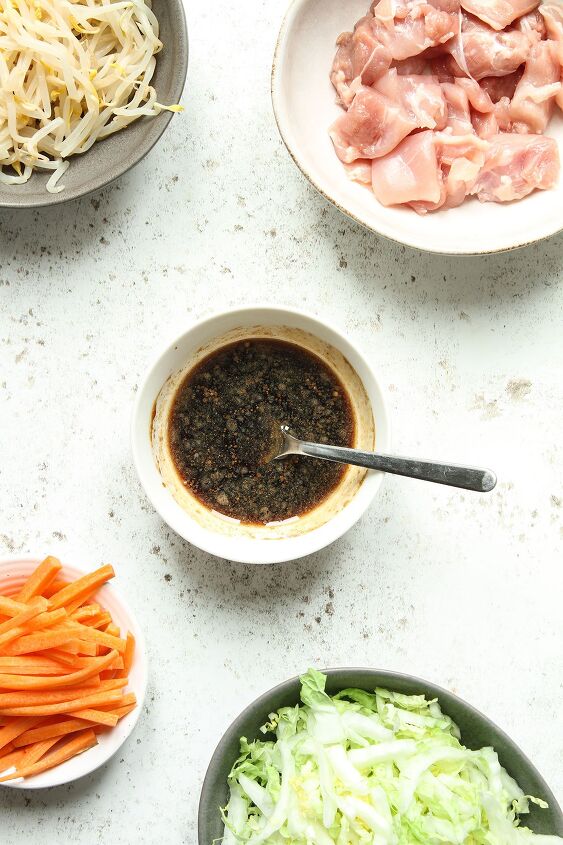








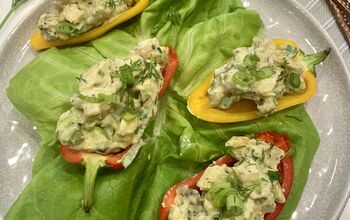
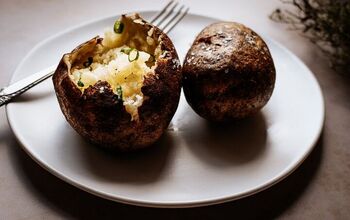
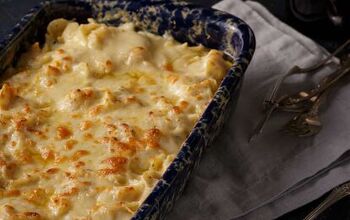


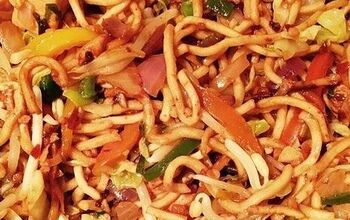
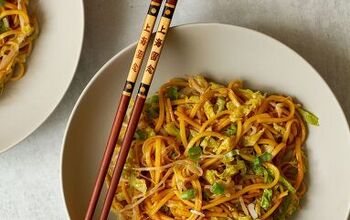
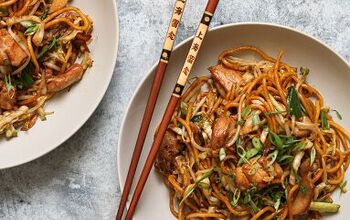
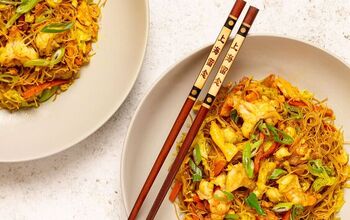
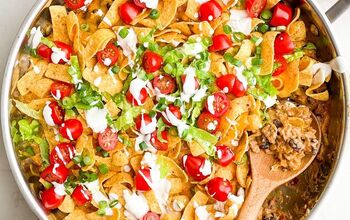
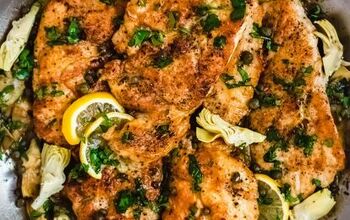
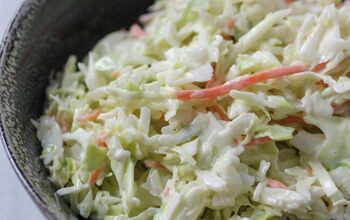

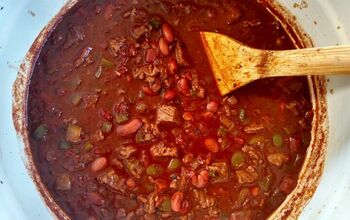


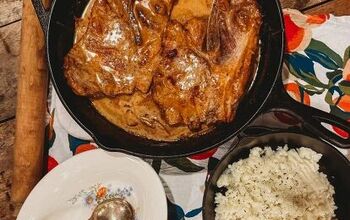

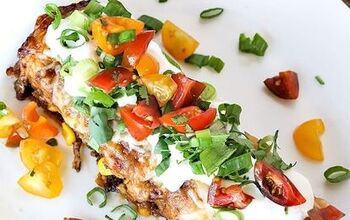
Comments
Share your thoughts, or ask a question!
this looks amazing, can't wait to make it.. thank you for such a great idea!